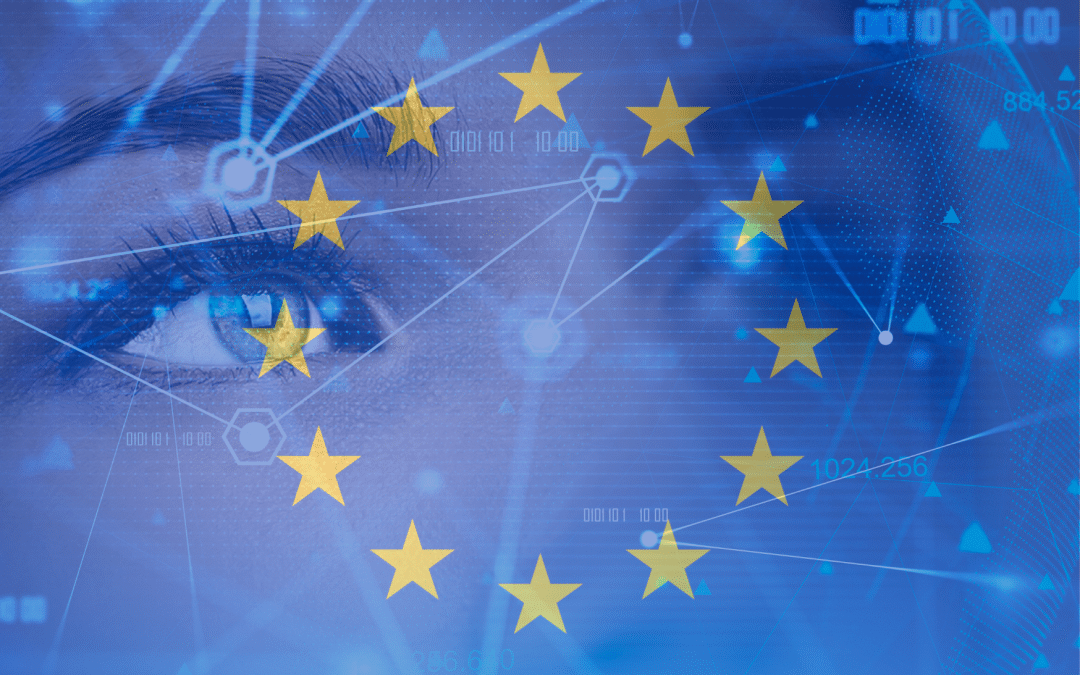
Loneliness, the ill of a hyperconnected era ?
Is loneliness the ill of this hyperconnected era? This question is being asked by many observers and organisations such as the WHO (World Health Organisation). Our world has been described as a village since distances have shrunk thanks to high-speed travel and of course the worldwide web and social media. Everyone knows everyone else in a village. But there is a big difference between knowing one another and meeting.
Last November, the WHO announced the creation of a commission on social links “in order to tackle the question of loneliness as an urgent threat to health, to prioritise the promotion of social links and to accelerate the scaling up of solutions in nations, independently of their level of income.”
In its press release, the WHO stressed the urgency of the subject, due to its magnitude. According to the Organisation, social isolation is defined as “the inadequacy of social relations” whereas loneliness is “the social suffering associated with the feeling of not having any links with others.” The WHO Managing Director underlined that the “high level of social isolation and loneliness in the world has serious consequences on health and well-being. People who have insufficient close social links are more likely to suffer from a CVA stroke, anxiety, dementia, depression, suicide and many other disorders.”
Research workers have in fact investigated this subject and several studies have been published. One of them, conducted in Denmark, linked social isolation to a greater risk of mortality within 7 years. An American study linked loneliness, but not social isolation, with greater cardio-vascular risks in patients already suffering from diabetes.
Loneliness, a worldwide and inter-generational ill
The Gallup poll organisation last year conducted a “mega-survey” on the subject. Covering some 142 nations of diverse economic conditions, it revealed that 24% of people surveyed felt “very or quite” lonely. The survey did not detect any difference in the percentage of women and men in most nations. A report, conducted with Meta (Facebook) was published at the end of last year on the state of social links worldwide. In its introduction, it quotes a sentence which goes back some 2,500 years: Man, according to Aristotle, the philosopher, is “a social animal”.
The report provides further details on the situation per nation, age and gender. Thus, 8% of people feel “very lonely”. This represents some 370 million people in the 142 nations covered by the survey. On the question of social interactions over the last 7 days, with family or friends, in the event that they live with or close to the person, 8% stated that they had had no interaction and 7% only once. This is a worrying result since it raises the question of interactions with people living nearby.
Another question concerns the interactions of those people surveyed with groups who share their interests or beliefs. 37% claimed to have had no interaction with them during the last 7 days and 11% only once. It should also be noted that the survey considers two themes: the feeling of loneliness and the feeling of being socially connected. Although the results are often similar, they do not correspond completely: a person feeling highly connected could suffer more from loneliness in moments without interaction.
The survey did not reveal any particular geographic distribution. The five nations with the lowest levels of loneliness were: Latvia, Ukraine (!), Slovenia, Germany and Vietnam. The five nations with the highest levels were: Lesotho, the Philippines, Uganda, Botswana and Afghanistan. Remember that it is the feeling indicated by the people themselves and not a statistical indicator elaborated from more objective data such as the number of visits, outings etc.
One point which is shown by the survey, is not intuitive. One readily associates loneliness with old age. The reality is more subtle, loneliness affects all age brackets. Recently in France, a study conducted by IFOP revealed that 62% of young people between 18 and 24 years old regularly felt lonely, compared with 37% of people aged over 65.
Focus on France
This IFOP study provides other data on the situation in France. Family, far ahead of friends, workmates or neighbours, represent the main network for socialisation. When asked the question, “at what frequency do you spend time together every day?”, unsurprisingly, family achieves 30% of responses, compared with 7% for friends.
9% of people are isolated in that they see nobody at least once per month. The highest rate is in the Paris region, which is densely populated, at 14%, and the lowest at 2% in Brittany, closely followed by Normandy at 3%. The detail of the situations of these people, alongside their residency, reveals that men, manual workers, those with limited means or impoverished are more concerned by such isolation.
The feeling of loneliness is experienced regularly by some 44% of French people, this percentage has diminished compared with 2022 (50%). The feeling manifests itself for them by moments of sobbing (67%) or anxiety and stress (66%). 50% claim to have suffered moments of depression and 34% have had suicidal thoughts. To counter this feeling of loneliness, 69% surfed on the social networks, 32% drank alcohol alone and 13% exchanged with conversational artificial intelligence.
Fostering of links
These surveys constitute a strong appeal for fostering the links around us. Even if the world is within reach at a mere single click, it nevertheless remains that such interaction is primarily between a human and a machine. That cannot replace the need to meet an “alter ego”, other humans which are both unique and similar. The insistence on the autonomy of an individual could be a separation factor damaging to the feeling of belonging and to the links which could unite.
In a recent interview for La Croix, Jon Fosse the holder of the Nobel prize for literature recalled these two sides of the human condition: “I believe that each human being has something unique and that, at the same time, every human being has something in common”. In order to maintain the link, it is important to also cultivate the feeling of belonging to our common humanity.
See all our articles on the family and on society.




